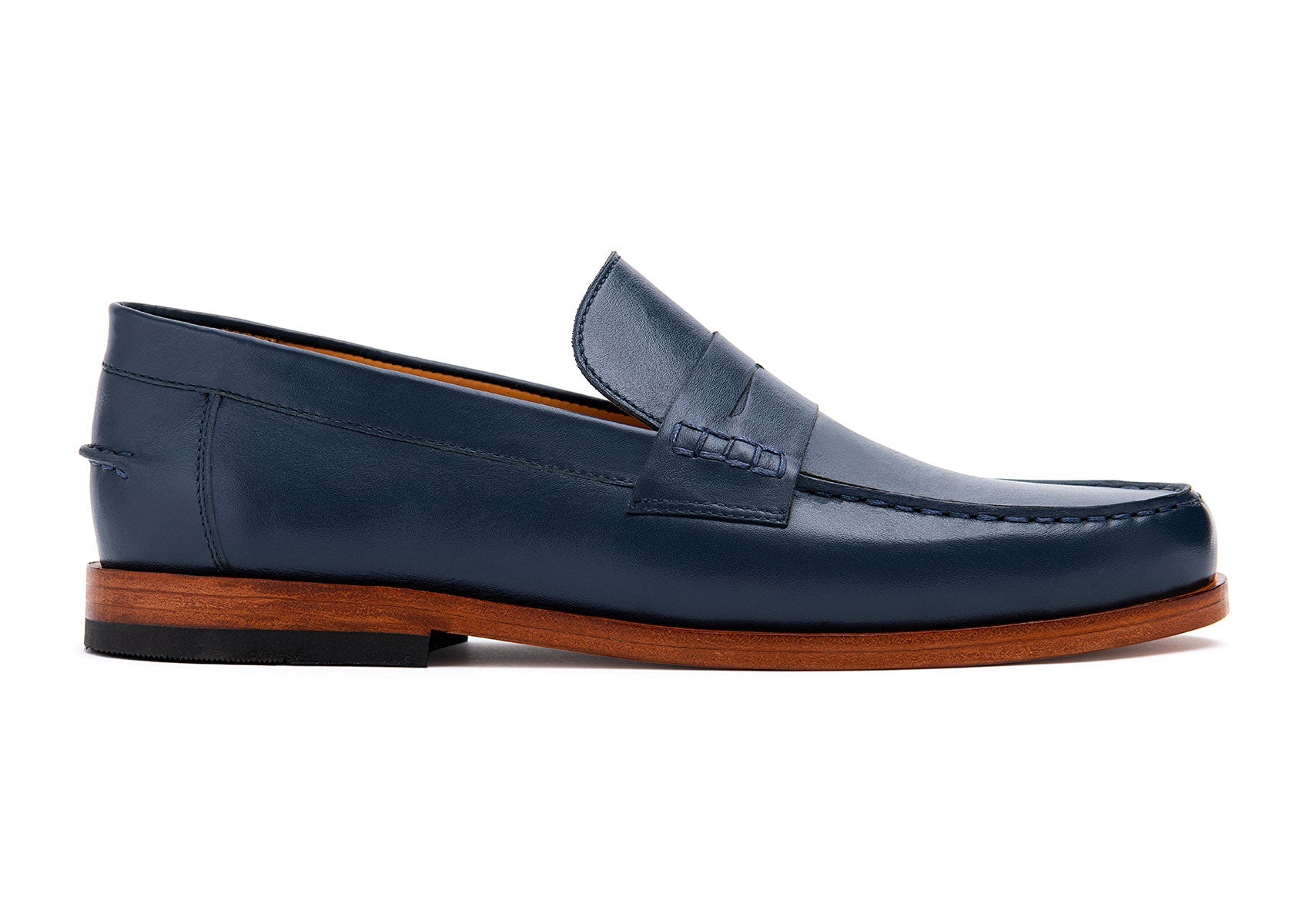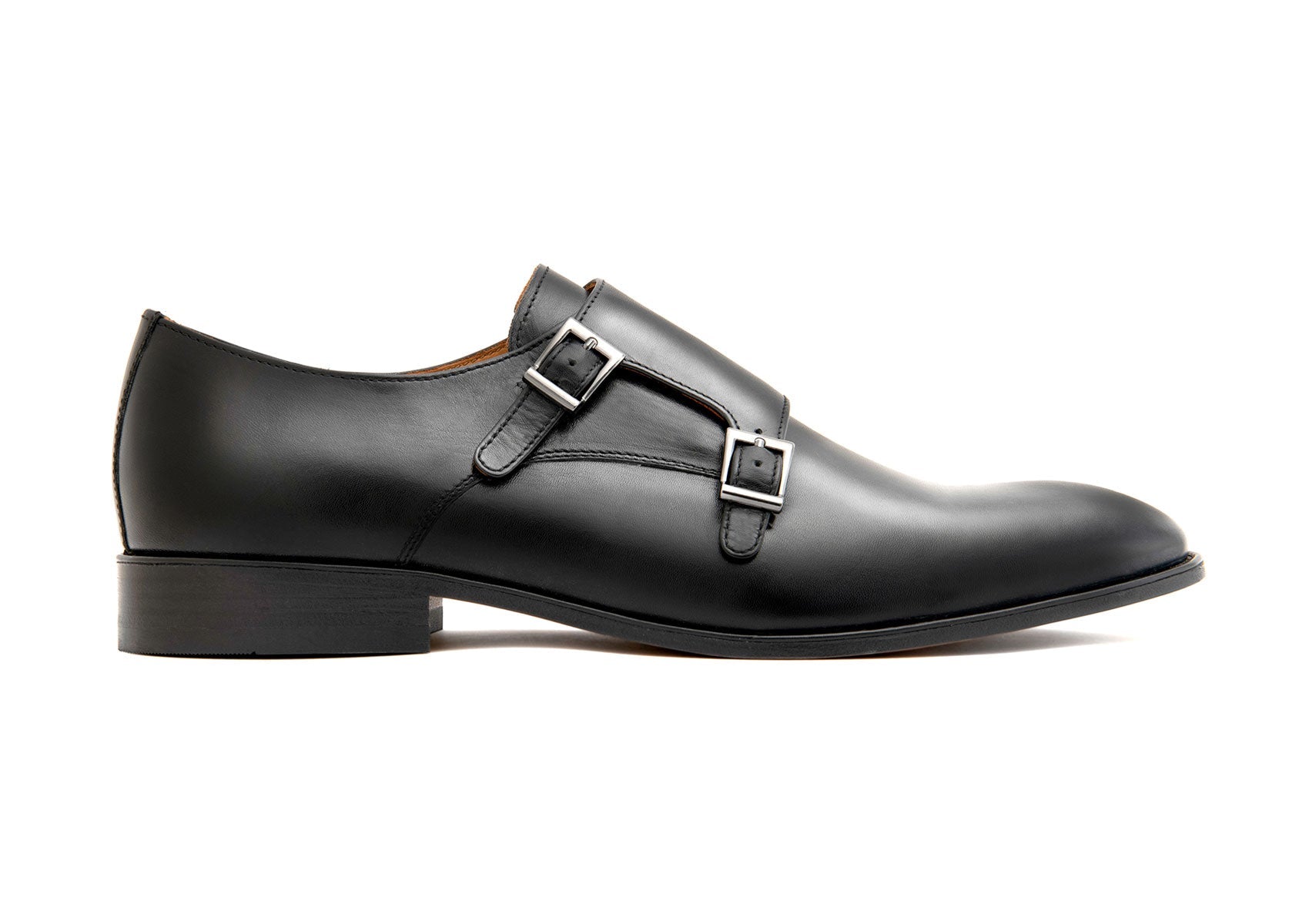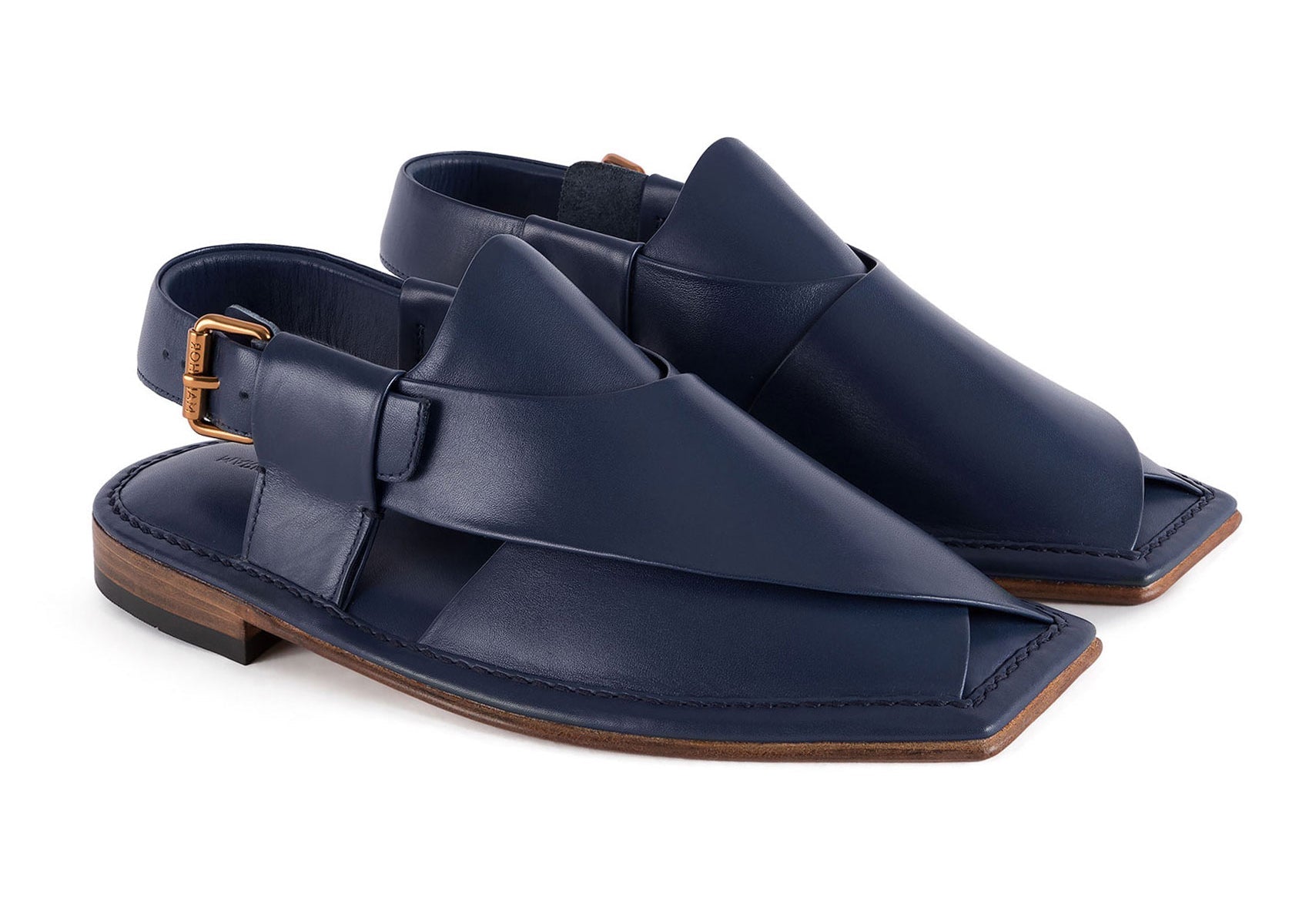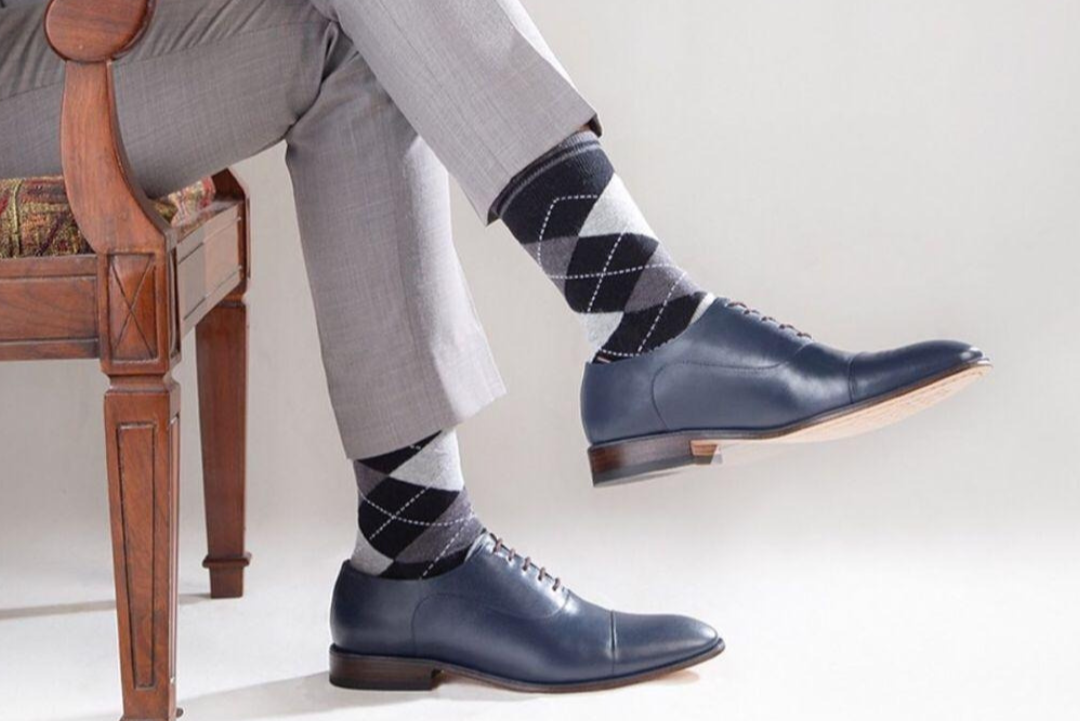There was a time when the touch of a craftsman told stories. When every stitch, carve, or polish whispered of patience, precision, and pride. Footwear, garments, furniture, and objects of daily life were not merely things but heirlooms — built to endure, designed with intention, and shaped by the hands of those who mastered their art over decades. Today, in an era dominated by fast fashion and instant gratification, their story is fading and we at Craftpur are working to keep their legacy alive.
Craftsmanship, once the backbone of quality and authenticity, is quietly being overshadowed by mass production and commercial urgency. The transition hasn’t been abrupt, but gradual — like erosion. Subtle and slow, but relentless. As industries scaled, priorities shifted. The focus turned from the product to the profit, from the maker to the margin. And in this shift, something intangible yet invaluable began to disappear.
Speed Over Soul
Modern consumers, unknowingly conditioned by convenience, often favour speed and affordability over quality and story. A shoe bought today is often discarded within months — not because it has outlived its purpose, but because it wasn’t built to last. The lifespan of modern fashion is dictated not by durability but by trend cycles. Collections change with the seasons, sometimes even faster, creating a culture where ‘new’ trumps ‘necessary’, and style is reduced to a fleeting moment rather than a meaningful expression.
Craftsmanship, on the other hand, cannot be rushed. It demands time — to select the right materials, to understand the grain of the leather or the fall of a fabric, to allow the hand to do what machines cannot replicate. It is in this slowness that the beauty of a product lies. Not in the perfection of symmetry, but in the intention behind every detail.
The Intimacy of the Handmade
To own a handcrafted object is to hold a fragment of someone’s spirit. It is a quiet rebellion against uniformity. No two handmade products are identical — each bears a subtle uniqueness, a signature imperfection that makes it real. In a world flooded with identical prints, cuts, and colors, the handmade item stands apart not by screaming for attention but by simply being genuine.
For the craftsman, the process is personal. There is no assembly line, only rhythm and routine. There’s a relationship between the creator and the creation — one of respect, responsibility, and reflection. The craftsman’s hands remember what machines forget: the feeling of resistance, the give of good material, the way a curve should gently rise. This tacit knowledge, passed down through generations, cannot be automated. It can only be lived.
Commercialisation and the Illusion of Choice
Mass production has created an illusion of variety. But peel back the surface, and much of what we consume is derivative — same silhouettes, same finishes, same narratives dressed in different packaging. The homogenisation of design, driven by commercial needs, leaves little room for experimentation, for risk, or for soul.
Craftsmanship thrives on the opposite. It embraces nuance, invites imperfection, and values process over product. In doing so, it encourages a deeper relationship between object and owner. When you understand the effort that went into making something — the hours, the discipline, the heritage — you engage with it differently. You care. You preserve. You tell its story.
The Responsibility of the Modern Brand
In this climate of commercial excess, some brands have taken it upon themselves to become custodians of craft. They walk a tightrope — balancing relevance with reverence. At Craftpur, for instance, our approach to shoemaking isn’t just about footwear. It’s about legacy. Each pair is a quiet testament to age-old techniques, responsibly sourced materials, and the irreplaceable human touch.
Our artisans are not anonymous cogs in a machine but individuals with stories — of learning from their fathers, of perfecting a stitch, of taking pride in a day’s work. By giving them space, time, and respect, we do more than preserve a craft — we honour a philosophy.
Redefining Luxury
Luxury today is often misrepresented. It’s seen through the lens of logos and limited editions. But true luxury lies in authenticity. In knowing that what you wear or own wasn’t churned out in haste but was made with care and conscience. Craftsmanship redefines luxury not as something rare because of price, but because of purpose.
A handcrafted shoe isn’t just footwear. It’s a piece of wearable history. It connects the wearer to a larger narrative — one that transcends seasons and trends.
The Future of Craftsmanship
The future of craftsmanship lies in awareness. As consumers begin to seek stories over sales, there is hope. A growing number are turning back to slower, more intentional forms of consumption. They’re asking, “Who made this?”, “How was it made?”, and “What does it stand for?” These questions are seeds. And when they take root, they shift demand — slowly but surely.
But the onus isn’t just on the buyer. Designers, brands, and creators must lead with integrity. Craftsmanship must not be used as a buzzword but treated as a commitment. It’s about transparency, fair practices, and an uncompromising focus on quality over quantity.
In a world obsessed with the new, craftsmanship teaches us to cherish the timeless. It reminds us that the human hand still holds magic — that in patience and precision, we can find beauty that endures.
So perhaps the question isn’t whether craftsmanship is dying, but whether we are willing to listen to its quiet call. To pause. To appreciate. And to choose better — not just for ourselves, but for the stories we leave behind.







